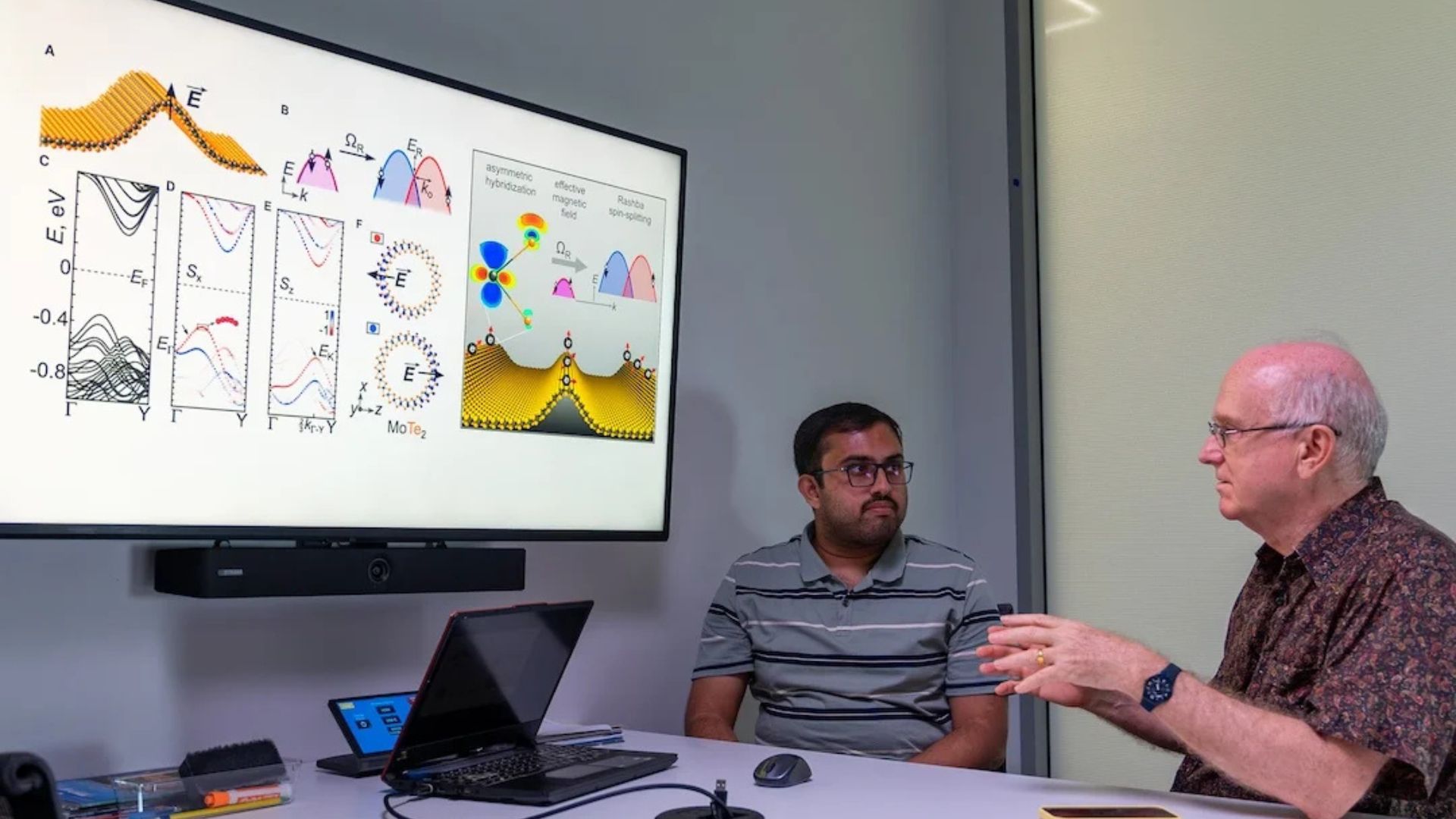Wrinkled 2D sheets may unlock faster, more efficient devices

Source: interestingengineering
Author: @IntEngineering
Published: 8/22/2025
To read the full content, please visit the original article.
Read original articleResearchers at Rice University have discovered that tiny wrinkles in two-dimensional (2D) materials, such as molybdenum ditelluride, can precisely control electron spin, a quantum property that could revolutionize computing. Unlike traditional devices that rely on electron charge, spintronics uses electron spin states ("up" or "down") to process information, potentially enabling faster, smaller, and more energy-efficient devices. A major challenge in spintronics has been the rapid decay of spin information due to electron scattering, but the Rice team found that bending 2D materials creates a unique spin texture called a persistent spin helix (PSH), which preserves spin states even amid collisions.
This effect arises from the flexoelectric polarization generated by uneven strain when the 2D sheet is bent—stretching on one side and compressing on the other—creating internal electric fields that split spin-up and spin-down electrons into distinct bands. The curvature-induced interaction is strongest in highly curved regions like wrinkles or
Tags
materials2D-materialsspintronicsenergy-efficient-deviceselectron-spinquantum-computingflexoelectric-polarization